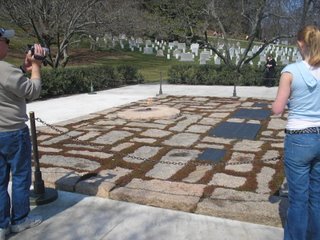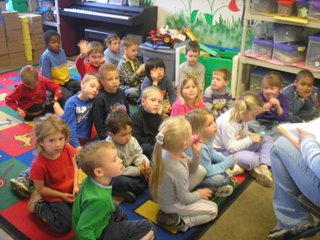This article is important to show the world wide problem of teaching little kids. It almost makes one believe it can’t be done.
Once I was in New York City with my family – touring. I’ve lived in lots of big cities across the nation, so big cities are not new to me – just not my thing, but I thought my own children should see NYC up close. Anyway, we were right behind the Daily News building when we came across a lot of “suits” looking down on a small two inch finch that had for some reason downed in the middle of town. Nobody wanted to touch it. It’s a bird – it won’t bite. It has a soft bill and no teeth – I promise. So I asked if they would let me take the bird. The suits (business men) were so grateful. I put the tiny bird into a popcorn bag and released it later.
The simplest things like birds and working with children seem to be such huge ordeals all over the world. I think our problem is nature. We are trying so hard to harness nature that we don’t have time to see that we only need to relax and watch nature to be able to step in and work with it. Teaching a three year old is not hard if you watch how they learn. It’s like the suits. There’s this huge block of suits behind desks trying desperately to dictate how to create this mega nationwide preschool program for children.
Here’s the answer: grab a popcorn bag blow it up, pop it and talk to children about the things they see. Grab a book and read it and bring them into the reading. It could be the dictionary, they don’t care, they just want the human contact, the love, the interest, neat stuff to know, and try. A good preschool program isn’t written in dark suited closets, it’s lived every day just a little differently because every day in the life of a child is different.
How do you know how to do this? It’s easy if you know how to live yourself.
CHENNAI :
The new syllabus for kindergarten in matriculation schools promises to change the face of early childhood education in the State, according to members of the Tamil Nadu Forum for Crèche and Childcare Services (TN-FORCES).
However, lack of governmental will and absence of adequate number of trainers for pre-primary teachers could slow down its implementation, they said.
There are some schools which have not yet received the new syllabus and several more where teachers were not informed of the new syllabus that came into force in the 2005-2006 academic year. The syllabus takes into account that children are beginning to attend school from as early as three years. Outdoor activities, games, oral recitation of numbers and alphabets are some of its units, with an emphasis on activity rather than the 3Rs.
Teaching the new syllabus will require most of the pre-primary teachers to radically change their teaching regimes.
Educationists pointed out that pre-primary teachers are on the lowest rung of the teaching hierarchy.
They are also worried about the mushrooming of teacher training institutes in the State with no recognition or proper guidelines, often run by trainers with little or no back ground in early childhood education (ECE).
Trainers have said that a teacher trainer needs a background in ECE with practical experience to conduct programmes. There were no government-recognised qualifications for pre-primary teachers, until the Tamil Nadu Open University introduced the Diploma in Pre-Primary Education recently.
“Though the diploma can be administered in 198 centres, none of these centres have had training in the teaching of the course itself,” said Prema Daniel, consultant on early childhood education.
Curriculum formulation
Ms. Daniel has been part of an initiative to formulate a curriculum for ECE teacher training. Their proposed curriculum now awaits the recognition of the National Council for Teacher Education. TN-FORCES is trying to partially remedy the lack of experienced teacher trainers with a workshop to emphasise the methodology of training in early May. Linked to the new syllabus, it will be conducted by experts such as Meena Swaminathan and representatives from the Indian Council for Child Welfare, Vidya Vikasini and Kothari Academy.
The workshop will aim to introduce the participants to the modern trends in ECE and provide knowledge of how children develop and learn.
Organisers also hope that it will enable teaching through the experiential method and help implement and monitor courses in ECE.
The workshop is scheduled to be held from May 2 to 5 at the ICSA on Pantheon Road, Egmore. For details, contact TN FORCES on 28175659.









